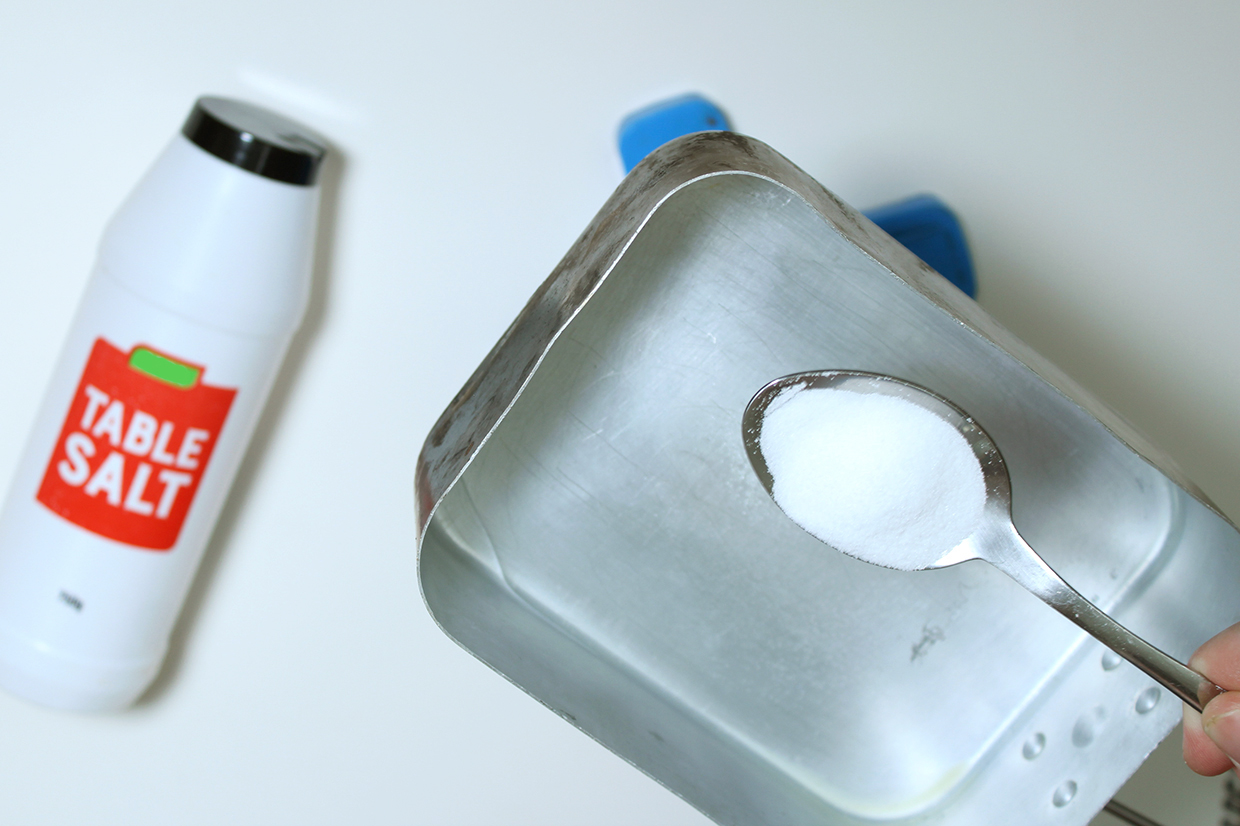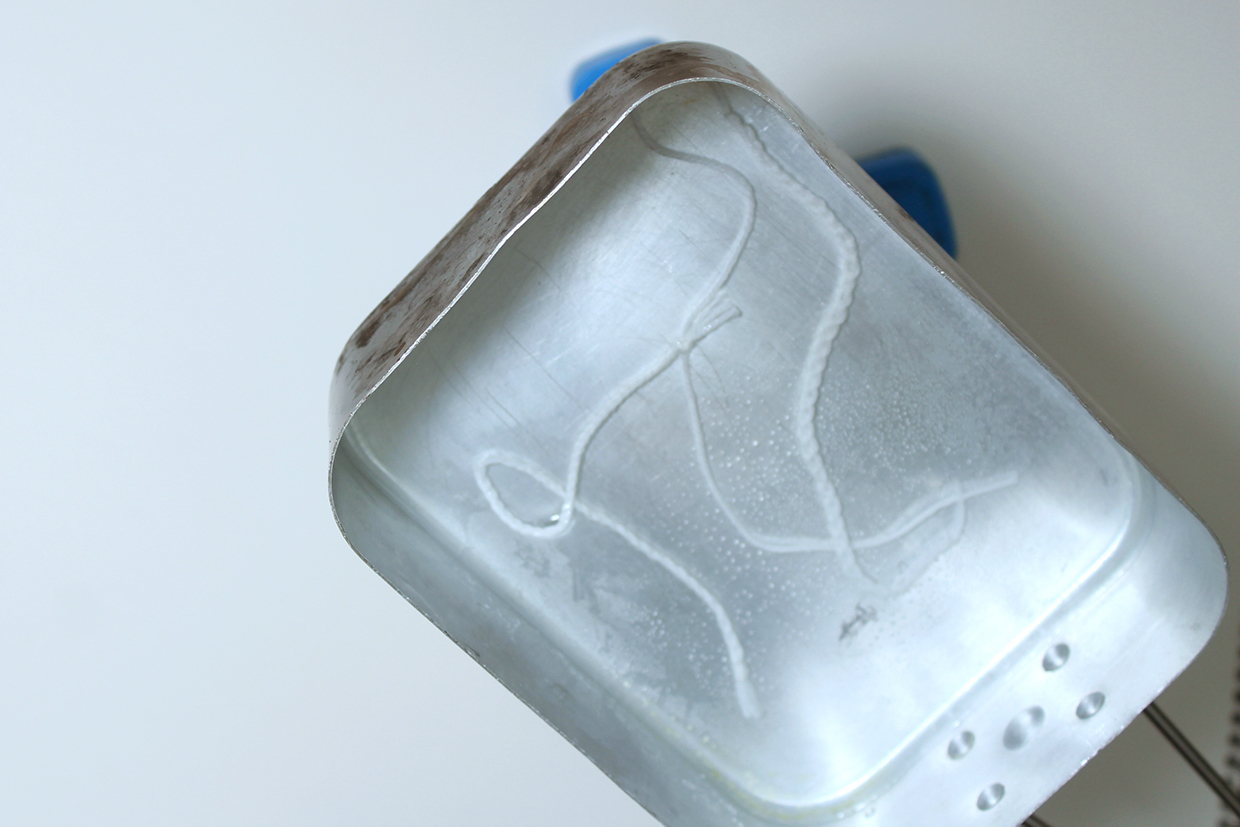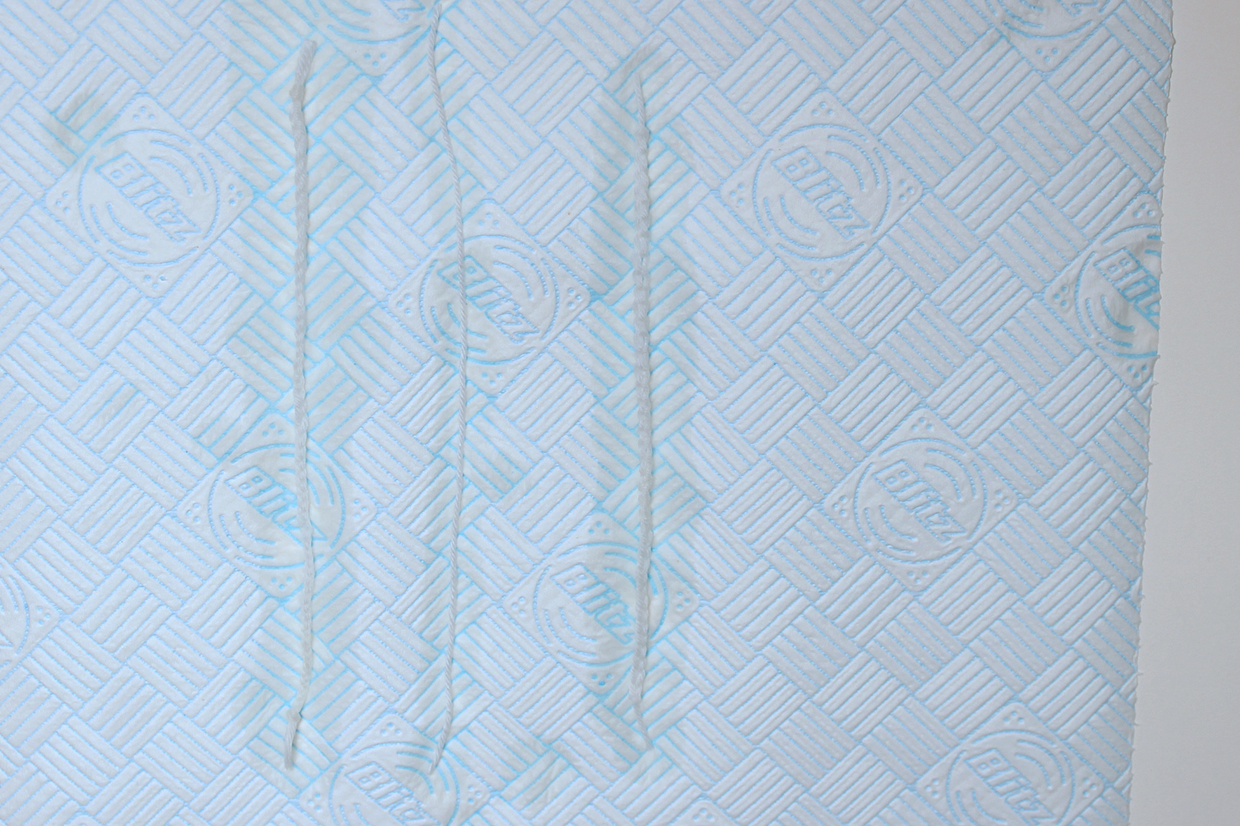If you're interested in making your own candles (or perhaps fancy trying our how to make beeswax candles tutorial), then you may be interested in learning how to make your own DIY candle wick too!
There are plenty of options for buying pre-made candle wicks, but you can also make your own candle wicks with some simple 100% cotton string or yarn.
You should only ever use un-dyed 100% cotton string or yarn for your DIY candle wick, as burning dyed string or synthetic yarns such as acrylic can give off nasty chemicals.
We'd advise against using Mercerised cotton yarns for your DIY candle wick, as although mercerisation is a non-toxic process and we couldn't find any evidence that it would give off any harmful chemicals, our research suggests that it could create a smokier flame or a darker ash once the wick is burned - meaning your candle will quickly start to look dirty if this gets in the wax.
It is more likely that a yarn will tell you that it is mercerised rather than saying that it isn't, but as a rule; if it's slightly glossy and smooth - it's mercerised... if it's matte and has a slightly rough/fluffy feel - it's not mercerised!
If you're looking for some suitable cotton yarn for your DIY candle wick, you could try any of these.
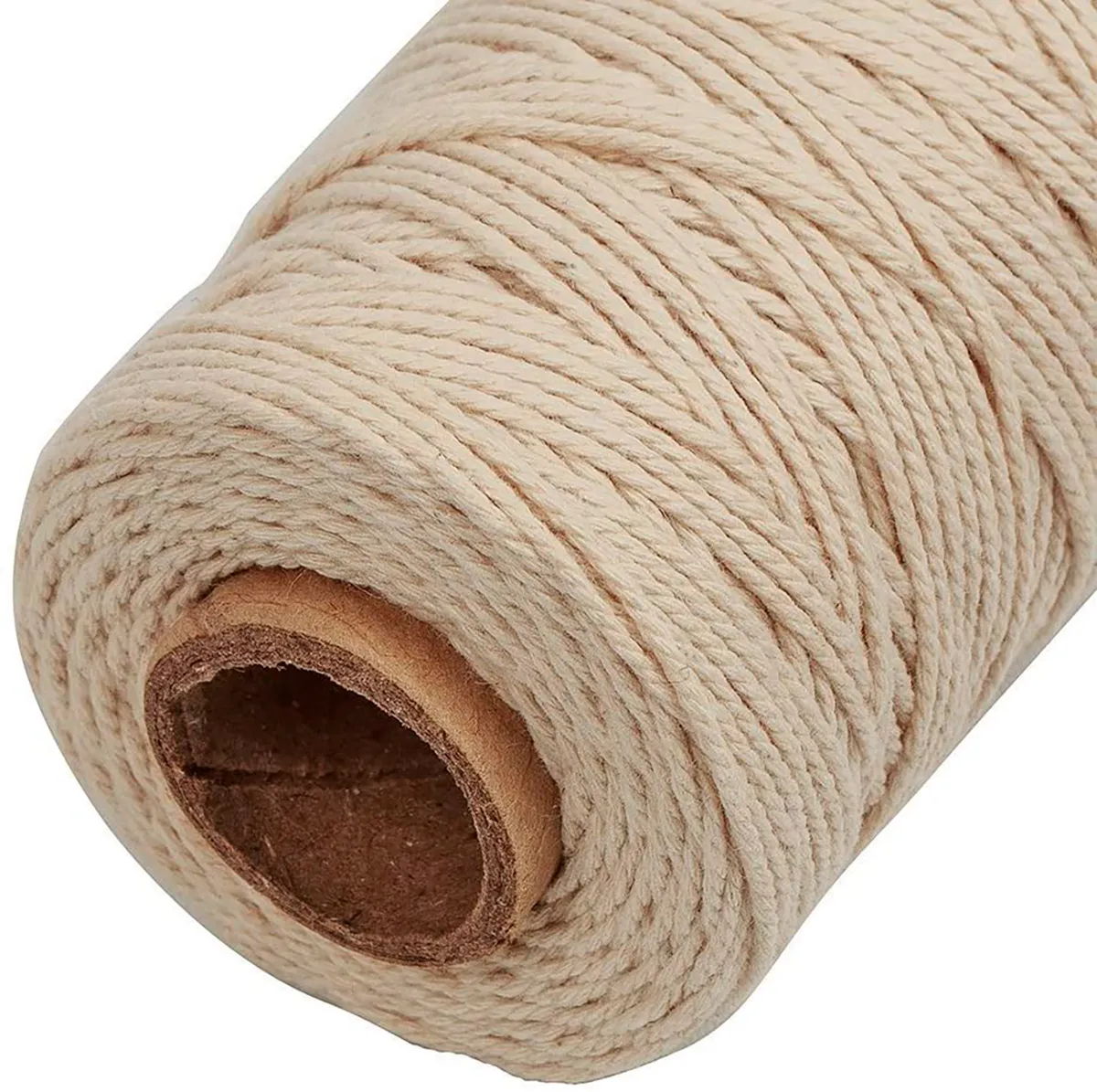
You can use a single strand of cotton yarn or twine, but most candle wicks are made with strands that are braided together to make a more substantial wick that will burn better. If you would like to combine multiple strands, plaiting three strands together is an easy option...
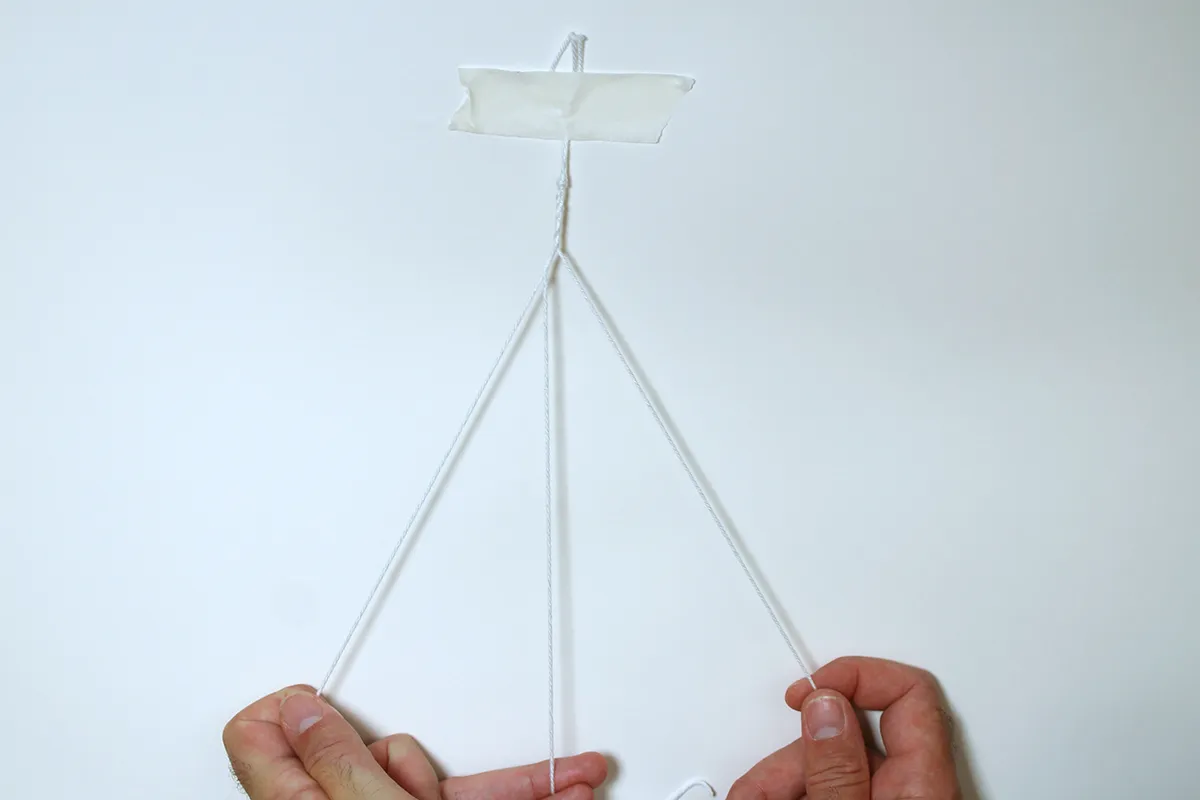
... or if you have a crochet hook to hand, you can try making a tight crochet chain (find out how to crochet chain stitch here).
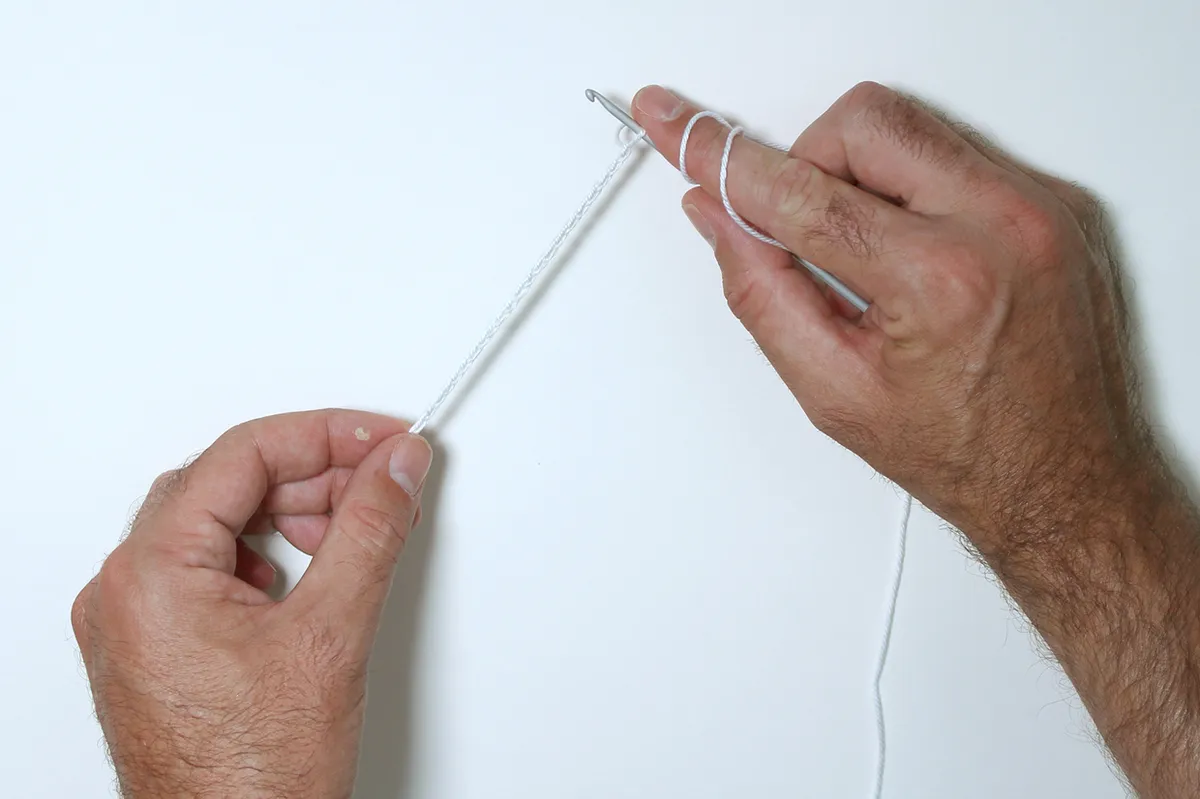
The benefit of both of these methods is that you're making a wick that is more solid and should burn better than just a single strand. It is also a great way of making chunky wicks for if you are using your candles outdoors.
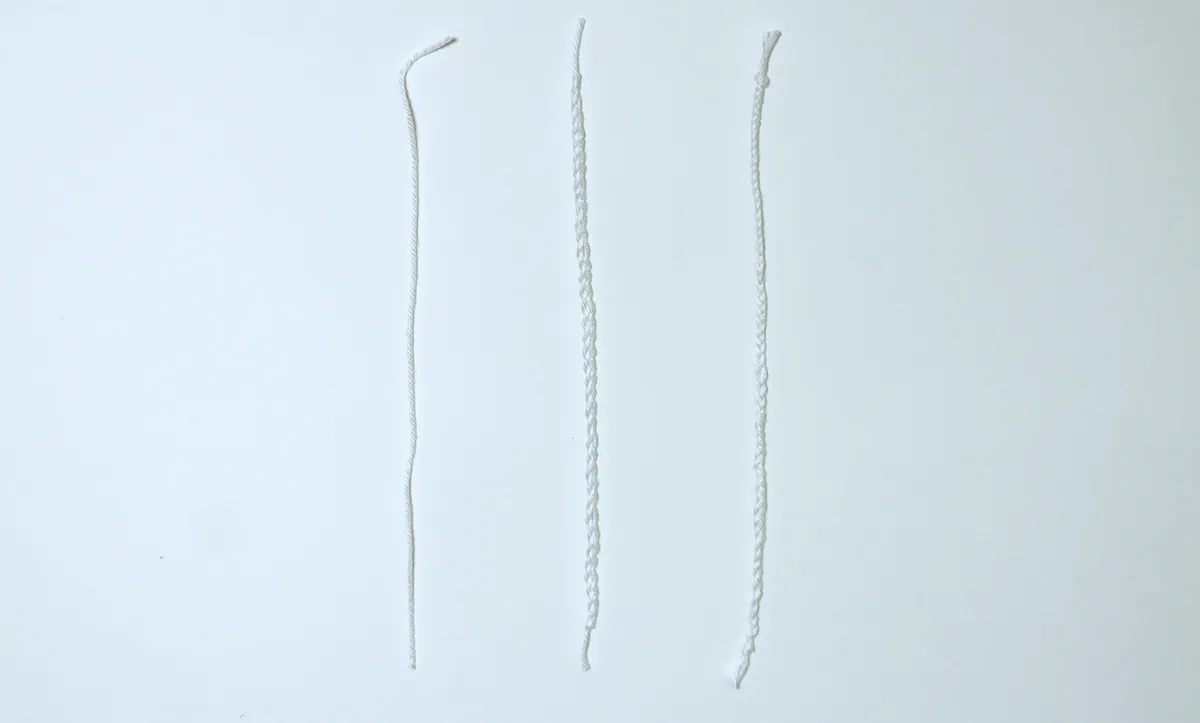
You can technically use cotton string wicks as they are without the need for any more preparation, although this will often lead to the wick burning faster. Many people will dip their wicks in melted wax to help solidify them, and pre-made wicks normally come with a wax coating already on them - this will mean your wicks will burn slower, but it can be a bit messy and tricky to coat them fully while also getting them straight without using a deep pan of melted wax. You may see some people online suggesting using Borax powder for their DIY candle wicks, but this is not readily available in the UK and it's toxic properties are subject of debate across various countries - so we'd advise sticking clear of that!
However, one of the best ways of preparing your DIY candle wick is by using the salting technique, which not only helps to solidify the wicks but also seems to make them burn better and for longer - and only uses simple table salt We'll show you how!
